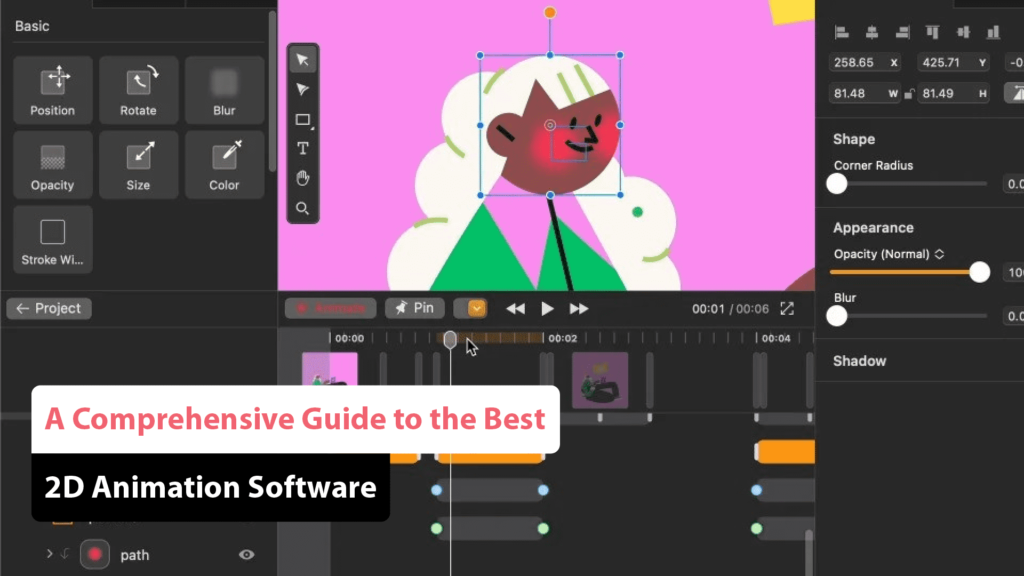
As 2D animation continues to evolve in 2025, artists, studios, and beginners alike are searching for the perfect tools to bring their ideas to life. With so many platforms available, choosing the right software can be overwhelming. Whether you’re a hobbyist creating your first character flipbook or a studio producing high-end explainer videos, this guide will help you find the best 2D animation software for your needs.
In this comprehensive overview, we’ll cover:
- The top 2D animation tools for beginners
- The most powerful professional 2D animation software
- A comparison of free 2D animation software 2025
- How to select the right tool
- The best software for 2D animation studios
Let’s dive into the world of 2D animation programs that are shaping creative workflows in 2025.
Why Choosing the Right 2D Animation Software Matters
Animation success depends not just on talent, but on the tools you use. The best software enables you to:
- Animate efficiently
- Stay organized
- Maintain visual consistency
- Scale with complexity
This makes knowing how to choose 2D animation software one of the most important decisions for animators.
Top Features to Look for in 2D Animation Software
Here are essential features to consider:
- Frame-by-frame animation support
- Onion skinning and timeline management
- Vector and raster drawing tools
- Audio sync tools
- Rigging and bone systems
- Export options (MP4, GIF, MOV)
- Cloud collaboration (for teams)
With these criteria in mind, let’s explore the top options.
1. Toon Boom Harmony
Toon Boom Harmony remains the industry-standard professional 2D animation software in 2025.
Highlights:
- Vector and bitmap drawing tools
- Advanced rigging and deformers
- Full production pipeline support
- 3D camera integration
Best For: Animation studios, TV shows, advanced animators
Platform: PC & Mac
2. Adobe Animate (Formerly Flash)
Adobe Animate continues to be a strong choice in 2025, especially for web and app animations.
Highlights:
- Frame-by-frame and symbol-based animation
- Timeline, onion skinning, and script integration
- Seamless integration with Adobe Creative Cloud
Best For: Web animators, motion designers, intermediate animators
Platform: PC & Mac
3. OpenToonz
If you’re looking for free 2D animation software 2025, OpenToonz is still one of the best.
Highlights:
- Free and open-source
- Based on Toonz, used by Studio Ghibli
- Includes special effects plugins
Best For: Students, hobbyists, indie animators
Platform: PC & Mac
4. TVPaint Animation
TVPaint is ideal for traditional, hand-drawn, frame-by-frame animation workflows.
Highlights:
- Bitmap-based drawing engine
- Industry-grade timing tools
- Ideal for feature film-quality 2D animation
Best For: Traditional animators, illustrators, film production
Platform: PC & Mac
5. Moho (Anime Studio)
Moho blends traditional animation with rig-based systems.
Highlights:
- Bone rigging and smart mesh tech
- Motion tracking and physics
- Simple for beginners, powerful for pros
Best For: Beginners and pros alike
Platform: PC & Mac
6. Blender (Grease Pencil Tool)
Blender isn’t just for 3D. In 2025, its Grease Pencil tool supports full 2D animation.
Highlights:
- 2D/3D hybrid animation
- Free and open-source
- Cross-pipeline compatibility
Best For: Artists who blend 2D and 3D
Platform: PC, Mac, Linux
7. Procreate Dreams
From the creators of Procreate, Dreams is optimized for stylus-based animation.
Highlights:
- Timeline-based animation on iPad
- Apple Pencil optimized
- Easy frame-by-frame workflow
Best For: Creators on the go, iPad users
Platform: iPad (iOS)
8. Krita
Krita remains a favorite for drawing and now offers expanded animation features.
Highlights:
- Free, open-source drawing tool
- Onion skinning, frame-by-frame support
- Vector support (beta)
Best For: Illustrators and entry-level animators
Platform: PC, Mac, Linux
9. Pencil2D
Pencil2D is ideal for beginners wanting to learn classic animation without distractions.
Highlights:
- Extremely simple UI
- Frame-by-frame drawing
- Lightweight and fast
Best For: Kids, students, hobbyists
Platform: PC, Mac, Linux
10. Synfig Studio
Synfig is a great free 2D animation software 2025 option that supports vector-based animation.
Highlights:
- Automated tweening
- Vector/bitmap hybrid tools
- Open-source and regularly updated
Best For: Intermediate users on a budget
Platform: PC, Mac, Linux
2D Animation Software Comparison Table (2025)
| Software | Type | Best For | Price |
|---|---|---|---|
| Toon Boom Harmony | Pro | Studios, TV production | Paid |
| Adobe Animate | Pro | Web & social media animation | Subscription |
| OpenToonz | Free | Students, indie animators | Free |
| TVPaint | Pro | Traditional frame-by-frame | Paid |
| Moho | Hybrid | Beginners and pros | Paid |
| Blender (Grease) | Hybrid | 2D/3D workflows | Free |
| Procreate Dreams | iPad app | Mobile artists | Paid (iOS) |
| Krita | Free | Digital illustrators | Free |
| Pencil2D | Free | Entry-level animators | Free |
| Synfig Studio | Free | Vector-based motion animation | Free |
How to Choose 2D Animation Software in 2025
When asking how to choose 2D animation software, consider the following:
1. Skill Level
- Beginner: Pencil2D, Krita, Synfig
- Intermediate: Moho, Adobe Animate
- Professional: Toon Boom, TVPaint
2. Budget
- Free Options: Blender, OpenToonz, Krita
- Paid Options: Toon Boom, TVPaint, Procreate Dreams
3. Platform
- Need 2D animation programs for PC & Mac?
- OpenToonz, Blender, TVPaint, Adobe Animate
- Looking for mobile?
- Procreate Dreams
4. Project Type
- Web content: Adobe Animate, Moho
- Feature film: Toon Boom, TVPaint
- Educational videos: Synfig, Krita
Best Software for 2D Animation Studios
In 2025, studios are using software that offers scalability, team collaboration, and pipeline integration.
Studio-Grade Tools:
- Toon Boom Harmony: Powerful, pipeline-ready, industry standard
- TVPaint: Ideal for hand-drawn cinematic projects
- Adobe Animate: For interactive or commercial projects
- Blender: For hybrid 2D/3D productions
These are considered the best software for 2D animation studios for their reliability and flexibility.
Top 2D Animation Tools for Beginners in 2025
Not every beginner needs pro-grade software. Here are the top 2D animation tools for beginners in 2025:
- Pencil2D: Lightweight and intuitive
- Krita: Drawing-focused with basic animation
- Moho Debut: Affordable rig-based animation
- Procreate Dreams: Accessible on iPad, gesture-friendly
These tools provide a smooth learning curve while encouraging creativity.
Trends in 2D Animation Software for 2025
🔹 AI-Driven Assistance
Auto-tweening, lip-sync prediction, and inbetween frame generation with AI.
🔹 Real-Time Collaboration
Cloud-based sharing and feedback loops for remote teams.
🔹 Mobile Optimization
With iPads and tablets becoming more powerful, expect more portable animation apps.
🔹 Hybrid Pipelines
Combining 2D and 3D (Blender, Moho, Harmony Premium)
🔹 Open-Source Expansion
Community-driven projects like Krita and Synfig continue to gain traction.
Final Thoughts
Whether you’re a solo creator, student, or running a full animation studio, there’s never been a better time to explore 2D animation. From cutting-edge paid tools to feature-rich open-source options, the landscape is rich and accessible.
Use this guide to find the best 2D animation software for your style, needs, and budget. Whether you’re drawn to frame-by-frame mastery, motion rigging, or hybrid workflows, the right tool can unlock your creative potential.
In 2025, choosing wisely between the top 2D animation tools for beginners and professional 2D animation software can shape the success of your content, career, or creative vision.
So, install your software of choice, open a blank frame, and start animating.
Frequently Asked Questions (FAQ’s)
What is 2D animation software, and how is it used?
2D animation software is a tool designed to create animated visuals in two dimensions. It allows artists to design characters, backgrounds, and scenes, bringing static images to life through motion. Users can employ various techniques, such as frame-by-frame animation, rigging, and tweening, to create animations for films, video games, web content, and more. This software often includes features like layering, sound synchronization, and effects to enhance the animation process.
What should I look for in 2D animation software?
When choosing 2D animation software, consider the following factors:
- Ease of Use: Look for intuitive interfaces that cater to your experience level, whether you’re a beginner or a professional.
- Features: Ensure the software supports the animation techniques you want to use, such as frame-by-frame, rigging, or tweening.
- Compatibility: Check if the software runs on your operating system (Windows, Mac, Linux) and if it supports the file formats you need.
- Community and Support: A strong user community can provide tutorials, forums, and additional resources to help you learn and troubleshoot.
- Cost: Consider your budget, whether you’re looking for free options or willing to invest in premium software with advanced features.
Is there free 2D animation software available?
Yes, there are several free and open-source 2D animation software options available. Programs like Krita, OpenToonz, Synfig Studio, and Pencil2D provide powerful tools without the financial burden. While these may not offer all the advanced features of paid software, they are excellent starting points for beginners and independent animators.
What are the advantages of using paid 2D animation software?
Paid 2D animation software typically offers:
- Advanced Features: More comprehensive tools for animation, effects, and workflow optimization.
- Professional Support: Access to customer service and technical support for troubleshooting.
- Regular Updates: Continuous improvements, new features, and bug fixes.
- Industry Recognition: Software widely used in professional settings can enhance your portfolio and career prospects.
How can I improve my skills in 2D animation software?
To improve your skills in 2D animation software, consider the following strategies:
- Online Tutorials: Utilize resources like YouTube, online courses, and forums to learn from experienced animators.
- Practice Regularly: Consistent practice is essential for mastering the software and developing your animation techniques.
- Join Communities: Engage with other animators through forums and social media groups to share work, get feedback, and learn new tips.
- Analyze Existing Animations: Study animations you admire to understand their techniques, styles, and storytelling methods.





